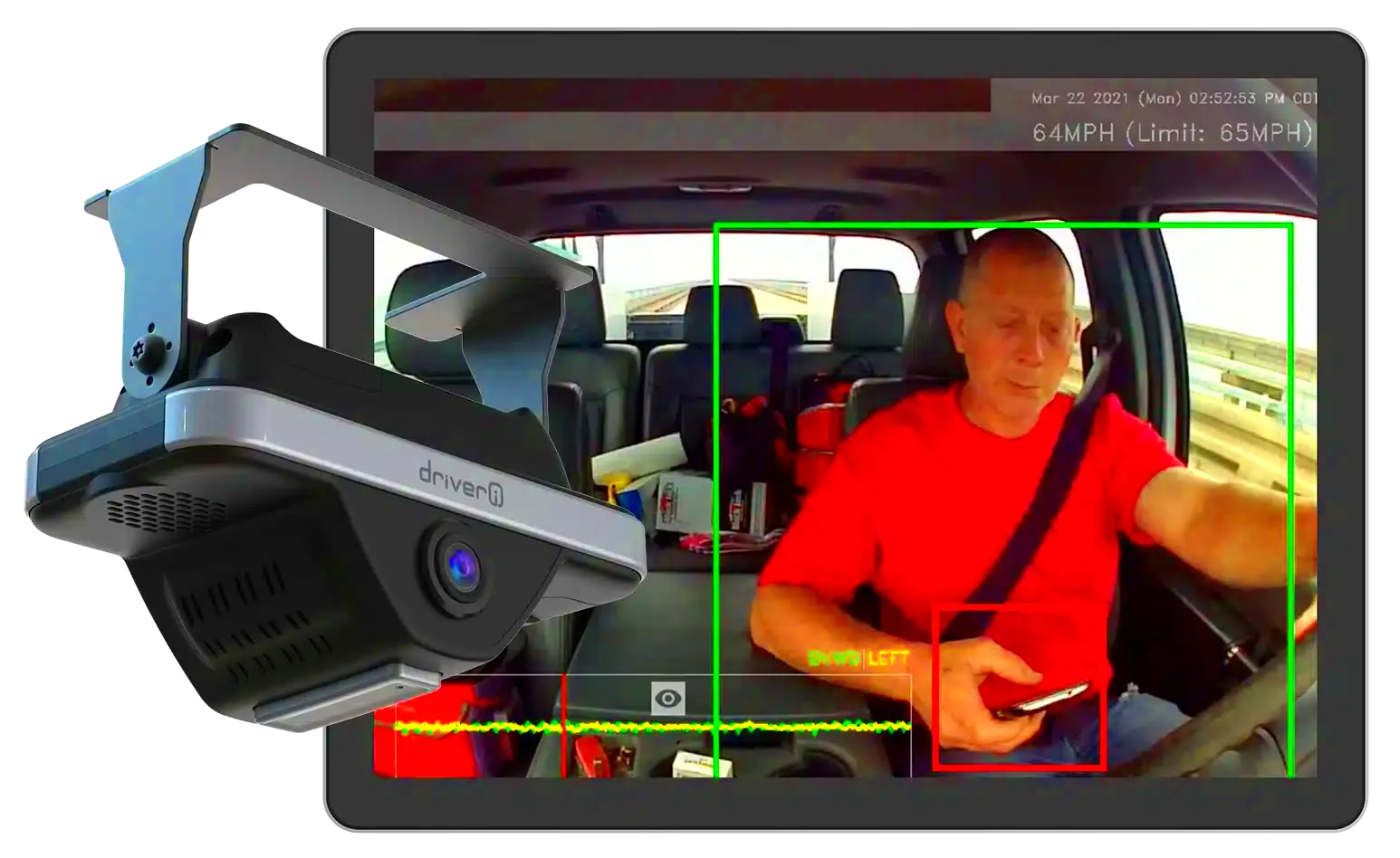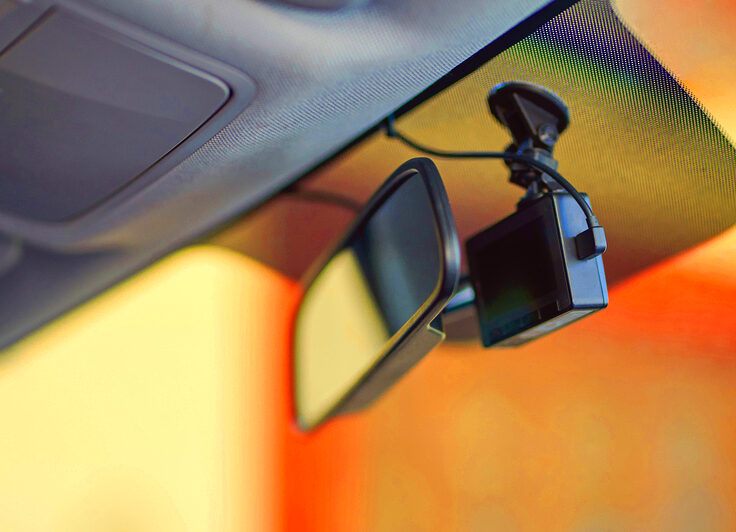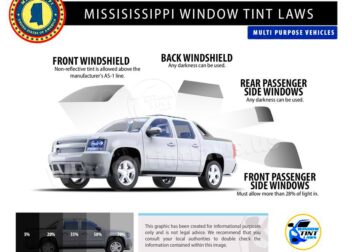Driver Facing Camera Laws and Legal Standards
Driver-facing cameras are becoming an integral part of modern vehicle fleets, especially in commercial transportation. These cameras are positioned inside the vehicle, focused on the driver, with the goal of monitoring behavior for safety and compliance. The idea behind using such cameras is to ensure that drivers remain alert, avoid distractions, and follow road safety protocols. While they serve important functions, the use of these cameras has raised questions about privacy and legal implications, which must be addressed through proper regulation.
Legal Standards Governing Driver Facing Cameras

The legal standards for driver-facing cameras vary depending on the jurisdiction. Federal regulations in some countries, such as the United States, do not directly mandate or prohibit the use of these cameras, but they do require companies to follow general safety and privacy guidelines. States or regions may have their own rules that companies need to follow. For example, some states may require explicit consent from drivers before implementing these systems.
Key areas covered by legal standards include:
- Informed consent: Drivers must be informed about the installation and use of cameras.
- Data security: Collected data must be securely stored and accessible only to authorized individuals.
- Limited data usage: Footage should only be used for safety and compliance purposes.
- Retention period: Laws may dictate how long companies can keep recorded footage.
Companies must ensure that they stay compliant with both federal and local laws to avoid legal complications.
Privacy Concerns and Legal Implications
One of the biggest issues with driver-facing cameras is the potential invasion of privacy. While these cameras are used to improve safety, they can also be seen as intrusive, especially when they monitor drivers during non-working hours or capture footage that is not directly related to driving.
The legal implications of privacy concerns can vary:
- Privacy laws: In certain regions, privacy laws may limit how much data companies can collect and how they can use it.
- Litigation risks: Employees who feel their privacy has been violated could pursue legal action against the company.
- Balancing safety and privacy: Companies must find the right balance between ensuring road safety and protecting driver privacy, adhering to regulations that govern both.
It’s essential for businesses to work closely with legal experts to navigate these concerns and to establish clear policies that protect both the company and the driver.
Compliance with Federal and State Regulations
When it comes to driver-facing cameras, staying compliant with both federal and state regulations is crucial for businesses. The challenge is that laws differ from one jurisdiction to another, and companies need to navigate this complexity while ensuring they respect driver privacy and safety standards. Federal laws generally set broad guidelines, while states often have more specific requirements, especially regarding privacy, consent, and data handling.
Key areas where businesses must ensure compliance include:
- Consent requirements: Some states require drivers to give explicit consent before any monitoring devices are installed in their vehicles.
- Data retention: Different states may have regulations about how long footage can be stored, and how it should be deleted after the retention period ends.
- Data security: Federal laws often mandate that businesses implement strong data protection protocols to prevent unauthorized access to driver footage.
- Usage limitations: Footage collected must only be used for specified purposes, such as enhancing safety or investigating accidents.
It’s important to stay updated on both federal and state laws, as non-compliance could lead to penalties, lawsuits, or reputational damage. Involving legal experts in the setup of driver-facing camera systems can help ensure that all legal bases are covered.
How Driver Facing Cameras Improve Road Safety
Driver-facing cameras are designed to be more than just a surveillance tool; they are powerful safety devices that help reduce accidents and enhance the overall safety of the road. These cameras provide real-time insights into driver behavior, allowing fleet managers to identify potential safety risks and address them before they lead to accidents. This proactive approach benefits not only the drivers but also the other road users.
Some key ways driver-facing cameras improve road safety include:
- Monitoring driver fatigue: Cameras can detect when a driver shows signs of drowsiness or inattentiveness, helping companies take corrective action in real-time.
- Reducing distracted driving: Cameras discourage behaviors like texting or eating while driving, both of which are major causes of accidents.
- Training opportunities: The footage from these cameras can be used to provide training and feedback to drivers, promoting safer driving habits.
- Post-accident reviews: In the event of an accident, the camera footage can help determine the cause and help prevent similar incidents in the future.
Overall, these cameras act as a safeguard for both the driver and the company, encouraging responsible driving and minimizing risks on the road.
Exceptions and Exemptions in Driver Facing Camera Laws
While many laws encourage or mandate the use of driver-facing cameras for safety purposes, there are notable exceptions and exemptions. Some states or regions may allow companies to avoid these rules under certain conditions, or for specific types of vehicles. Understanding these exemptions is important for businesses, as it may influence the decision on whether or not to install such systems.
Common exemptions may include:
- Type of vehicle: Personal vehicles or vehicles not used for commercial purposes may be exempt from camera installation laws.
- Small fleet exemptions: Companies with a small number of vehicles may not be required to install driver-facing cameras, depending on state regulations.
- Privacy concerns: In some jurisdictions, privacy concerns might override the requirement for camera installation, especially if the camera is deemed overly intrusive.
- Labor agreements: Unionized workplaces might negotiate exemptions where driver-facing cameras are concerned, citing worker privacy and consent.
To avoid legal missteps, businesses should consult with legal experts and fully understand where they fall within the regulatory framework and any exemptions they may qualify for.
Challenges in Implementing Driver Facing Cameras
While driver-facing cameras provide significant safety benefits, implementing them comes with its own set of challenges. Companies, especially those with large fleets, may encounter resistance from drivers, legal hurdles, and technological issues that complicate the process. Addressing these challenges requires careful planning and open communication to ensure the cameras are used effectively without infringing on driver rights.
Some of the key challenges in implementing driver-facing cameras include:
- Driver resistance: Many drivers may feel uncomfortable with constant monitoring, seeing it as an invasion of privacy. This can lead to pushback or reluctance to fully cooperate.
- Cost considerations: Installing and maintaining a comprehensive camera system can be expensive, particularly for smaller companies. The cost includes both the hardware and the ongoing data storage and management.
- Technological limitations: Cameras may face technical issues such as poor video quality in low light conditions, system malfunctions, or connectivity problems in remote areas.
- Data management and security: Ensuring that the vast amounts of data collected are securely stored, processed, and only used for legitimate purposes can be a complex task, requiring robust IT infrastructure.
- Legal compliance: Navigating the legal landscape and ensuring compliance with both federal and state laws can be difficult, especially as these laws are constantly evolving.
Despite these challenges, businesses that implement driver-facing cameras successfully often see improvements in road safety and driver behavior. Proper communication, training, and legal guidance are key to overcoming the hurdles involved.
Frequently Asked Questions about Driver Facing Camera Laws
Many people have questions regarding the legality and use of driver-facing cameras, particularly as more companies adopt this technology. Below are some of the most frequently asked questions and their answers.
| Question | Answer |
|---|---|
| Are driver-facing cameras legal in all states? | No, laws vary by state. Some states require driver consent, while others have no specific regulations for these cameras. |
| Do drivers have to be notified about the cameras? | In most cases, yes. Federal and state laws often require that drivers are informed before cameras are installed. |
| How long can companies store camera footage? | This depends on local regulations. Some states may limit the amount of time companies can retain footage to protect driver privacy. |
| Can footage from driver-facing cameras be used in court? | Yes, camera footage is often used in legal cases, especially in accidents or disputes related to driver conduct. |
| What happens if a driver refuses to use a camera? | This can vary depending on company policy and state law. In some cases, drivers may be disciplined or terminated for non-compliance. |
Conclusion on Driver Facing Camera Laws and Legal Standards
Driver-facing cameras have become an essential tool in promoting road safety and monitoring driver behavior. However, their implementation raises various legal and privacy concerns, making it necessary for companies to understand and comply with both federal and state regulations. The legal standards surrounding these cameras continue to evolve, so businesses must stay informed and proactive in their compliance efforts.
While there are challenges, the benefits of driver-facing cameras in preventing accidents, improving driver performance, and providing critical evidence in legal situations make them a valuable asset for any fleet. Companies that balance safety needs with privacy protections will be well-positioned to make the most of this technology while avoiding legal pitfalls.


